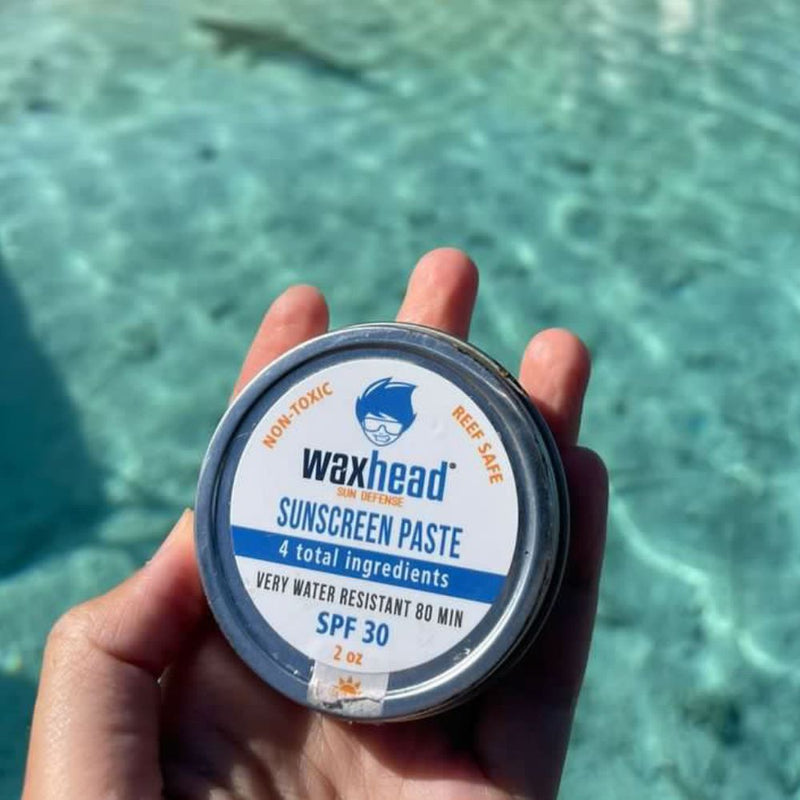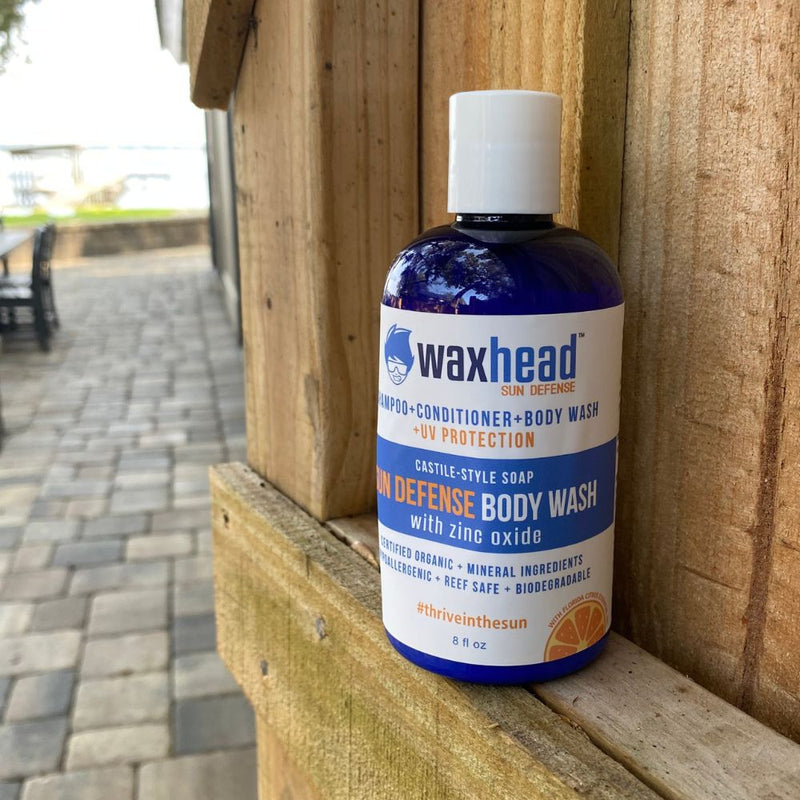Understanding Sunscreen Ingredients
Octocrylene is a widely used ingredient in sunscreens. The skin absorbs it, and it can accumulate in the body. This compound is known for absorbing UVB and short-wave UVA rays, offering broad-spectrum UV protection. However, it also produces free radicals, leading to skin damage and DNA mutations, raising concerns about its long-term safety and anti-aging effects.
What is Octocrylene?
Octocrylene is commonly found in chemical sunscreens because it acts as a preservative and emulsifier, providing some moisturizing properties. Often combined with avobenzone, it stabilizes sunscreen formulations and enhances water resistance. However, the Food and Drug Administration (FDA) and EU Cosmetic Regulation currently consider it safe at concentrations of up to 10%, though individuals with sensitive skin may experience allergic reactions.
How Does Octocrylene Work?
To achieve complete UV protection, octocrylene is often paired with other sunscreen ingredients, like avobenzone, which covers the UVA spectrum effectively. This pairing ensures broad-spectrum sun defense but raises questions about potential skin damage and the effects of octocrylene on human health.
EWG Rating: 2-3 (1 best, 10 worst)
Is Octocrylene Safe for Humans?
Research indicates that octocrylene passes through the skin, enters the bloodstream, and is metabolized before excreted through urine. Studies show it degrades into benzophenone, a chemical associated with free radical production and potential DNA damage. While high doses in trials suggest reproductive toxicity, these levels exceed typical cosmetic usage. Pregnant individuals are advised to avoid products containing octocrylene to reduce any risks associated with sunscreen ingredients.
Is Octocrylene Safe for Children?
Children's skin is thinner and more sensitive, making them particularly susceptible to chemical absorption. Octocrylene can trigger allergic reactions in sensitive skin, potentially causing rashes or irritation. Additionally, its accumulation over time raises concerns about long-term health implications. Opting for octocrylene-free sunscreens is a safer choice for children.
Is Octocrylene Reef-Safe?
Octocrylene is not considered reef-safe. It accumulates in marine organisms, such as fish and coral, disrupting cellular functions and contributing to mitochondrial dysfunction. Studies link octocrylene to coral bleaching and other environmental damage, prompting bans in Palau, Hawaii, and the U.S. Virgin Islands. Protecting marine ecosystems requires avoiding petrochemical-based sunscreens, including those with octocrylene.
Alternatives to Octocrylene
For safe and effective sun protection, consider mineral-based sunscreens with ingredients like zinc oxide and titanium dioxide. These physical blockers sit on the skin's surface, reflecting UV rays without absorbing them. They are generally safer for humans and environmentally friendly. Other options include sun-protective clothing and limiting sun exposure during peak hours.
All Waxhead sunscreens and skincare products are octocrylene-free.
The Future of Octocrylene
As research on octocrylene evolves, regulatory changes may follow. With growing consumer awareness about the effects of octocrylene and other chemical sunscreen ingredients, demand for safer, eco-friendly alternatives is increasing. Making informed choices benefits both personal health and environmental sustainability.
NEXT STEPS
1. Know your ingredients — Check the label on your sunscreen to identify potentially harmful chemicals like octocrylene. Your skin's health is worth the extra effort.
2. Choose safe sunscreen — Waxhead prioritizes using only safe, effective, and environmentally friendly ingredients. Shop Safe Sunscreen here.
3. Spread the word — Share this information with friends and family to promote healthier, more sustainable sunscreen options.
Try Waxhead Sunscreen





























